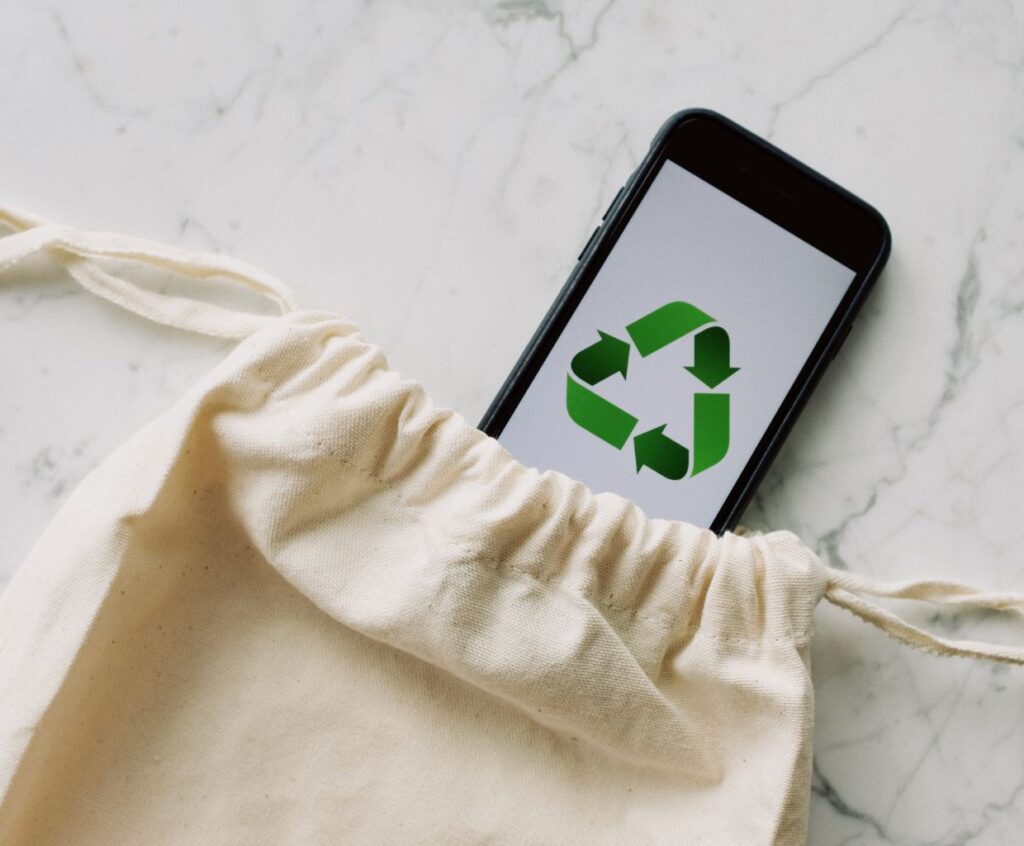How to Recycle Breast Pump?
Breast pumps are invaluable tools for nursing mothers, providing convenience and flexibility regarding breastfeeding. However, there may come a time when you no longer need your breast pump, whether your little one has weaned or you have switched to a different model.
In such cases, knowing how to properly recycle your breast pump to minimize waste and contribute to a more sustainable environment is essential.
Why Recycle Breast Pump?
Recycling your breast pump is a responsible way to dispose of it because it helps reduce the amount of waste in landfills. Breast pumps typically contain various materials, such as plastic, rubber, and electrical components, which can take hundreds of years to decompose if not recycled. By recycling, you can ensure that these materials are correctly processed and reused, conserving valuable resources and reducing the strain on the environment.
Steps to Recycle Your Breast Pump
1. Research Local Recycling Options
Start by researching the recycling options available in your local area. Look for recycling centers, programs, or initiatives that accept electronic waste or small appliances. Check with your municipality or waste management authority for information on electronic items’ designated drop-off points or special collection events.
2. Contact the Manufacturer
Reach out to the manufacturer of your breast pump and inquire about their recycling program. Many manufacturers have initiatives in place to help customers recycle their products. They may provide instructions on returning the breast pump to them for proper recycling or offer guidance on local recycling options.
3. Donate or Sell
If your breast pump is still in good working condition, consider donating it to a local charity, hospital, or breastfeeding support group. Many organizations accept used breast pumps and refurbish them for families in need. Alternatively, you can sell your breast pump online through platforms dedicated to buying and selling baby gear.
4. Disassemble and Separate Components
If your breast pump cannot be recycled as a whole unit, disassemble it into various components. Separate any plastic parts, rubber components, and electrical elements. This step is crucial as it facilitates recycling and ensures that each material can be appropriately recycled or disposed of.
5. Recycle or Dispose of Separated Components
Take the separated components of your breast pump to the appropriate recycling facilities or drop-off points in your area. Plastic parts can usually be recycled with other plastic materials, while rubber components may have specific recycling methods. Electrical elements should be disposed of at designated electronic waste recycling centers to ensure safe handling and processing.
6. Check Local Regulations
Lastly, familiarize yourself with any local regulations or guidelines regarding the recycling or disposal of breast pumps. Some areas may have specific instructions or restrictions, so compliance with the recommended procedures is essential to avoid any potential fines or violations.
By following these steps, you can contribute to a more sustainable future and ensure that your breast pump is recycled in an environmentally friendly manner.
What are the proper steps and guidelines to recycle a breast pump in an environmentally friendly way?
Recycling a breast pump in an environmentally friendly way involves a few steps and guidelines to ensure proper disposal. Here are the recommended steps:
1. Check the manufacturer’s guidelines: Check the breast pump manufacturer’s instructions or website to see if they have any specific recommendations for recycling their product. They may provide instructions or a recycling program.
2. Clean and sanitize the breast pump: Before recycling, thoroughly clean and sanitize the breast pump according to the manufacturer’s instructions. This step is essential to ensure the safety and hygiene of the recycling process.
3. Remove and recycle removable parts: Breast pumps usually have various removable parts like bottles, tubes, valves, and membranes. Separate these parts from the central pump unit and check if they are recyclable. If they are, ensure they are clean and dry before recycling them in the appropriate recycling bin.
4. Research recycling options: Look for recycling options in your local area. Check if recycling centers or programs accept electronic devices or small appliances like breast pumps. You can search online or contact your local waste management authority for information on recycling centers that accept these items.
5. Repurpose or donate: If your breast pump is still in good working condition and meets safety standards, consider donating it to a local charity, hospital, or breastfeeding support group. Many organizations accept used breast pumps and provide them to families in need. However, ensure the pump meets all safety standards and regulations before donating.
6. Proper disposal as a last resort: If recycling or donation is not possible, contact your local waste management authority to inquire about the proper disposal method for electronic devices. They will guide you on how to dispose of it as electronic waste in an environmentally friendly manner.
Remember, following the proper steps and guidelines to ensure that breast pumps are recycled or disposed of responsibly and minimizing their environmental impact is essential.
Are there any specific recycling programs or organizations that accept and responsibly dispose of used breast pumps
Yes, specific recycling programs and organizations accept and responsibly dispose of used breast pumps. One such organization is Medela Recycles, a breast pump recycling program run by Medela. They accept used breast pumps from any brand and responsibly recycle them. Another organization is Breast Pumps for Good, partners with hospitals and other institutions to collect used breast pumps and distribute them to needy mothers. These organizations ensure that the breast pumps are properly recycled or reused, reducing waste and benefiting other mothers.


